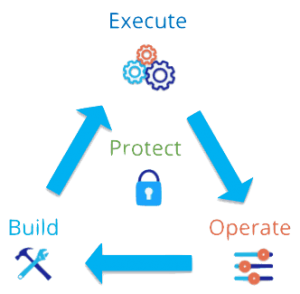 The term DataOps is a contraction of ‘Data Operations’ and comes from applying DevOps to data. It seems to have been coined in a 2015 blog post by Tamr co-founder and CEO Andy Palmer. In this blog post, I’ll dive into what DataOps means today, and how enterprises can adopt its practice to create reliable, always-on dataflows using smart data pipelines to unlock the value of their data.
The term DataOps is a contraction of ‘Data Operations’ and comes from applying DevOps to data. It seems to have been coined in a 2015 blog post by Tamr co-founder and CEO Andy Palmer. In this blog post, I’ll dive into what DataOps means today, and how enterprises can adopt its practice to create reliable, always-on dataflows using smart data pipelines to unlock the value of their data.
In his 2015 post, Palmer argued that the democratization of analytics and the implementation of “built-for-purpose” database engines created the need for DataOps. In addition to the two dynamics Palmer identified, a third has emerged: the need for analysis at the “speed of need”, which, depending on the use, can be real-time, near-real-time or with some acceptable latency. Data must be made available broadly, via a more diverse set of data stores and analytic methods, and as quickly as required by the consuming user or application.
What’s driving these three dynamics is the strategic imperative that enterprises wield their data as a competitive weapon by making it available and consumable across numerous points of use, in short, that their data enables pervasive intelligence. The centralized discipline of SQL-driven business intelligence has been subsumed into a decentralized world of advanced analytics and machine learning. Pervasive intelligence lets “a thousand flowers bloom” in order to maximize business benefits from a company’s data, whether it be speeding product innovation, lowering costs through operational excellence or reducing corporate risk.
 The term DataOps is a contraction of ‘Data Operations’ and comes from applying DevOps to data. It seems to have been coined in a
The term DataOps is a contraction of ‘Data Operations’ and comes from applying DevOps to data. It seems to have been coined in a  Many StreamSets customers use
Many StreamSets customers use